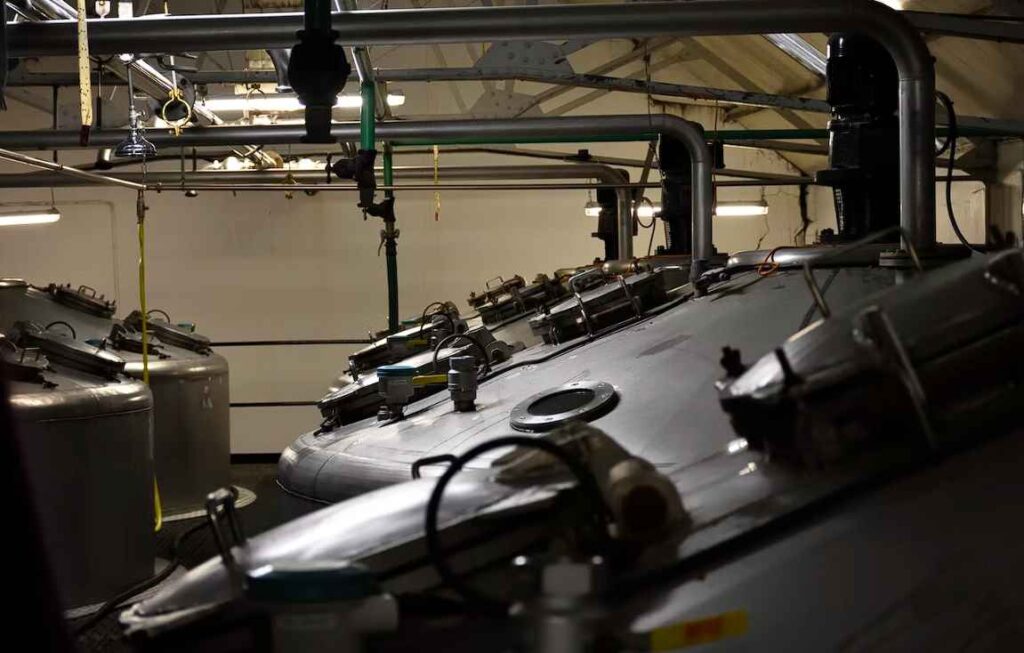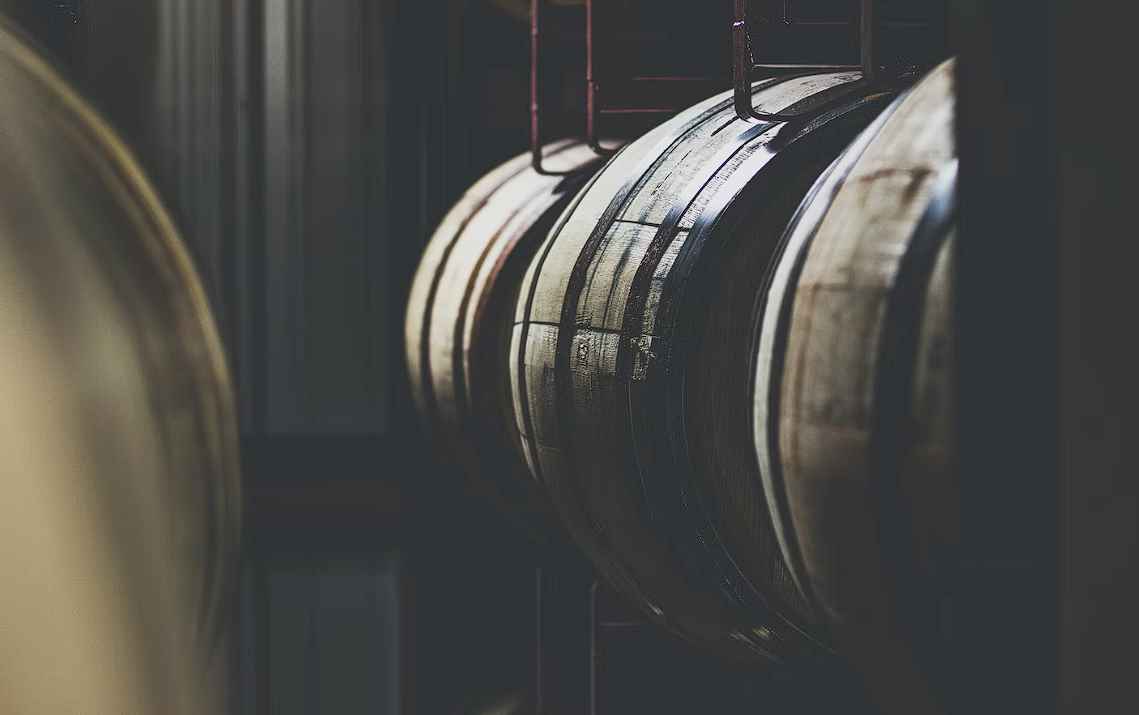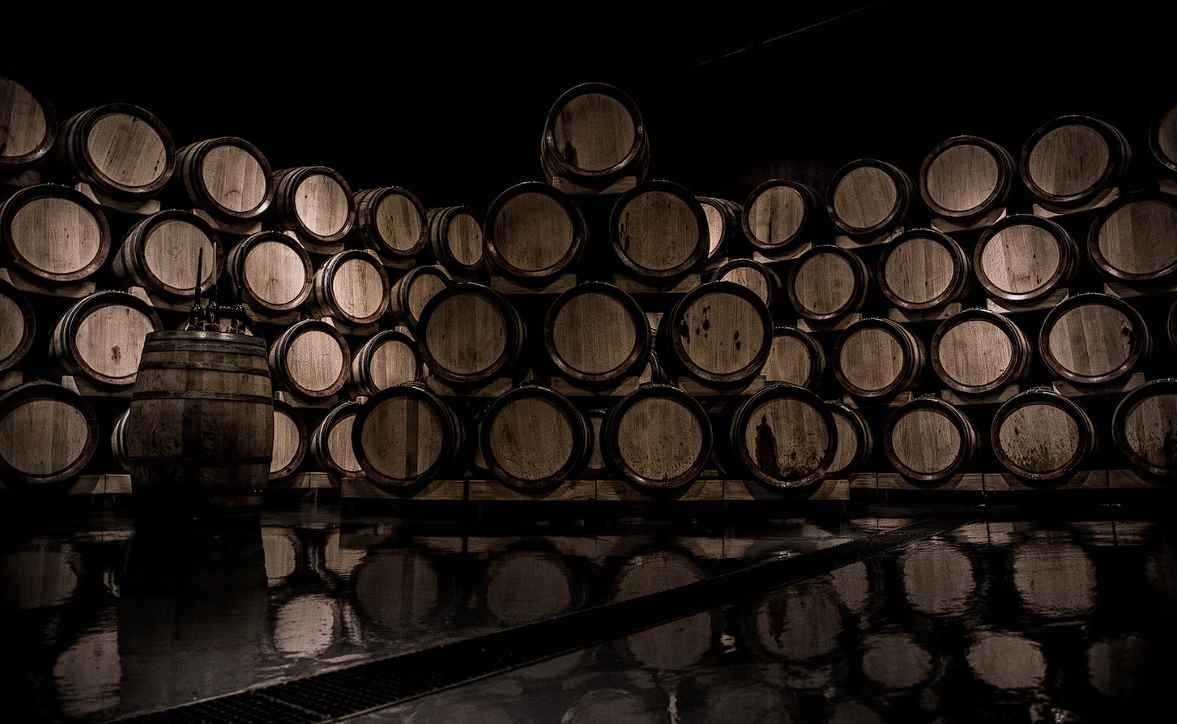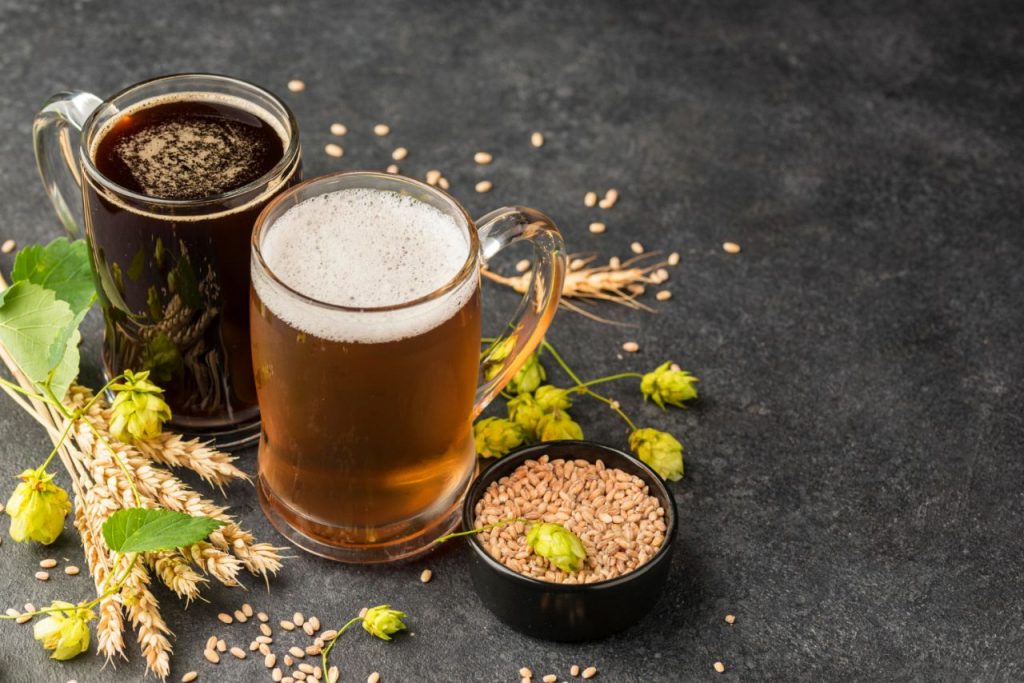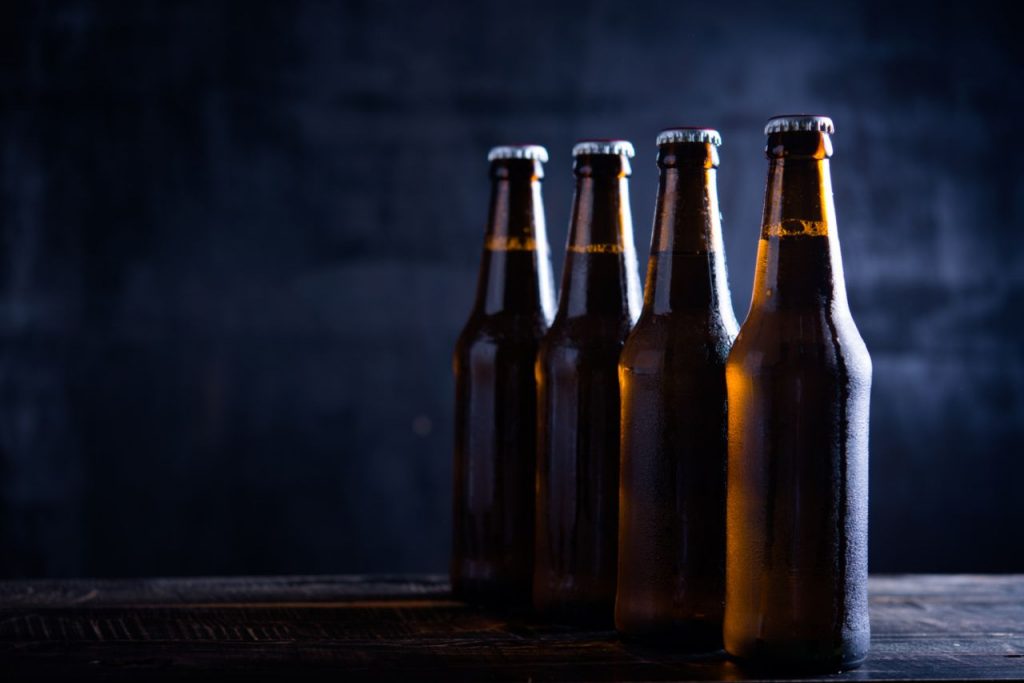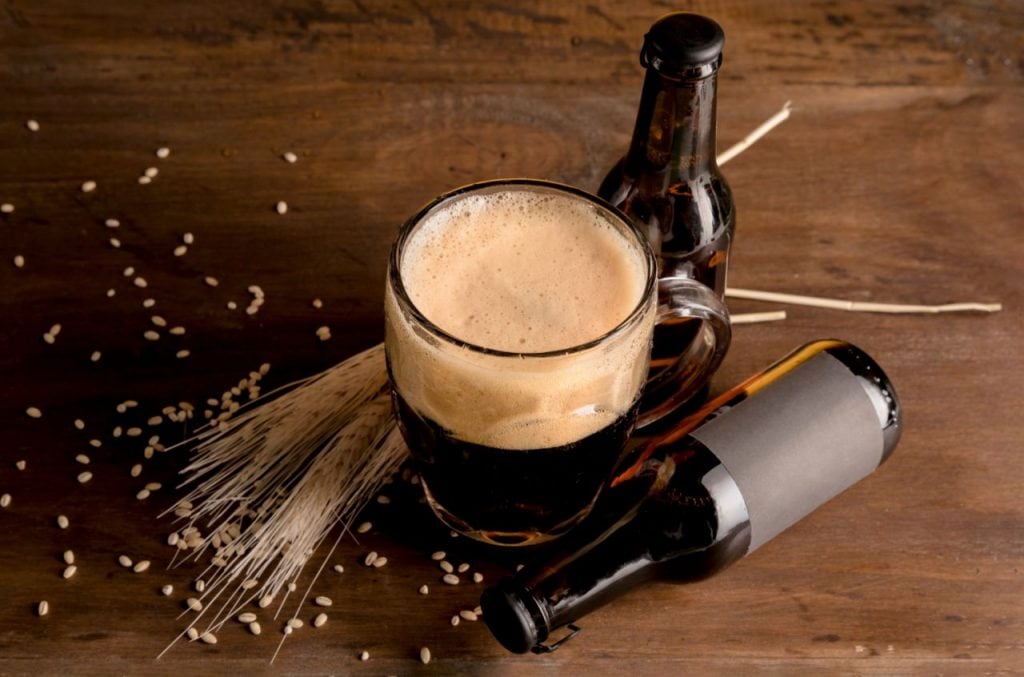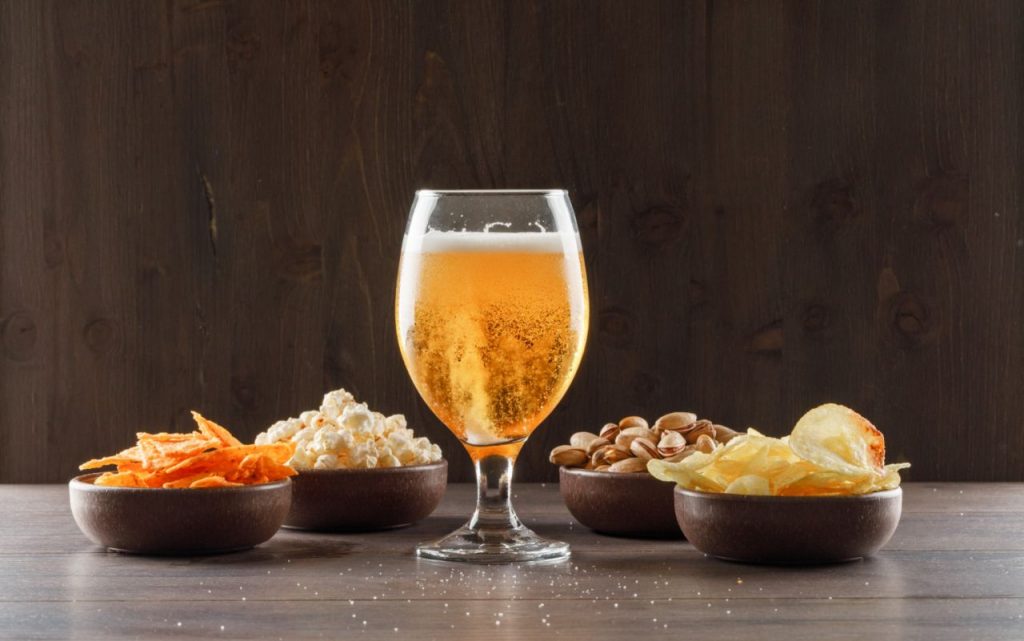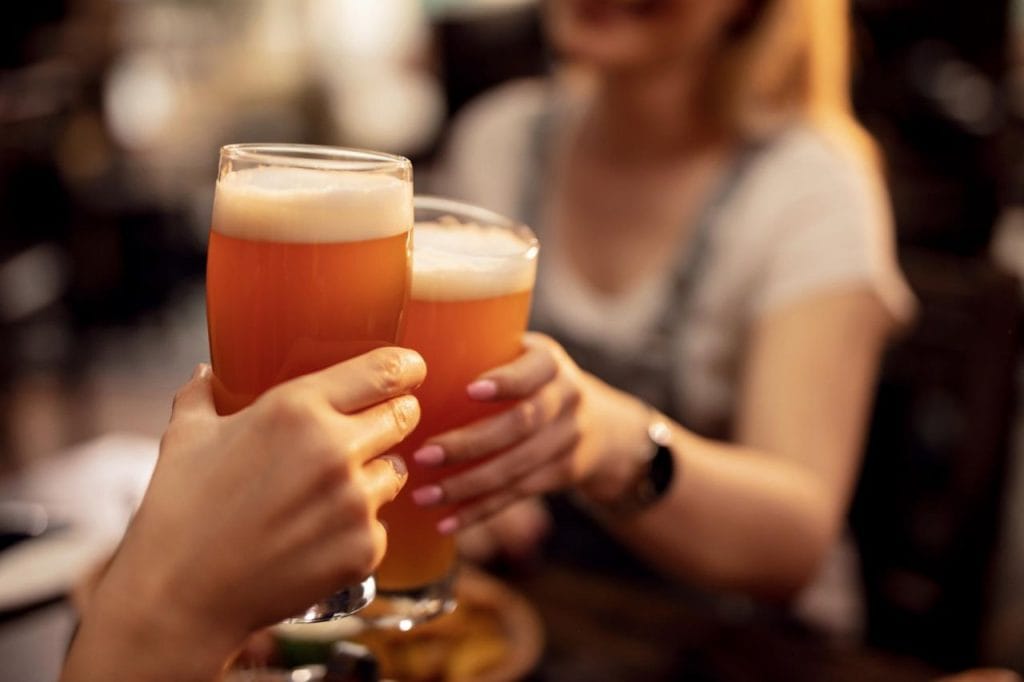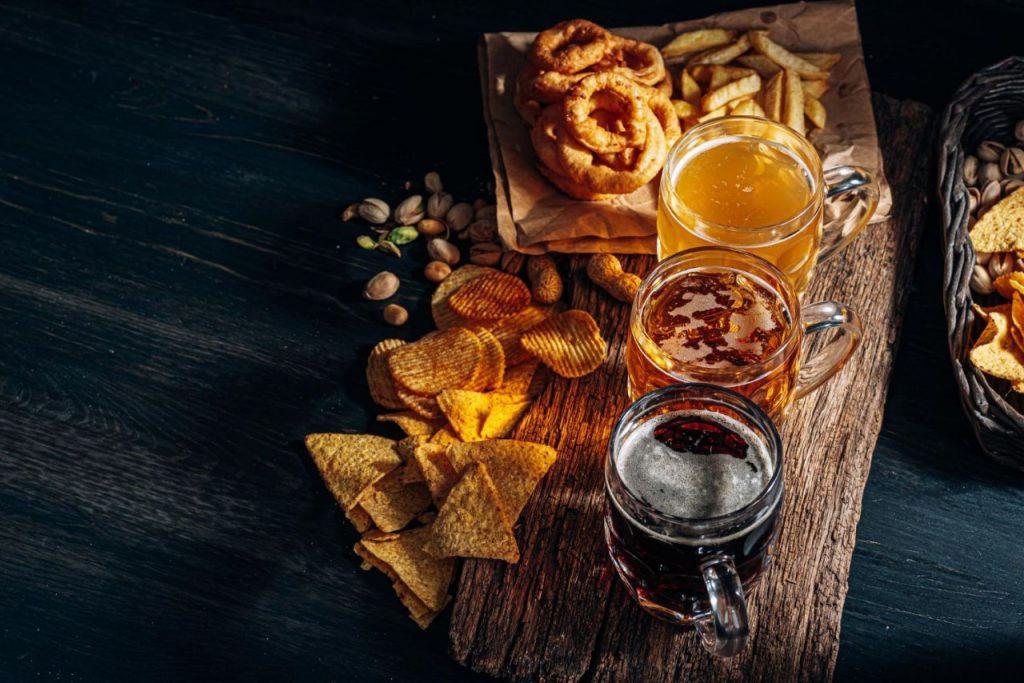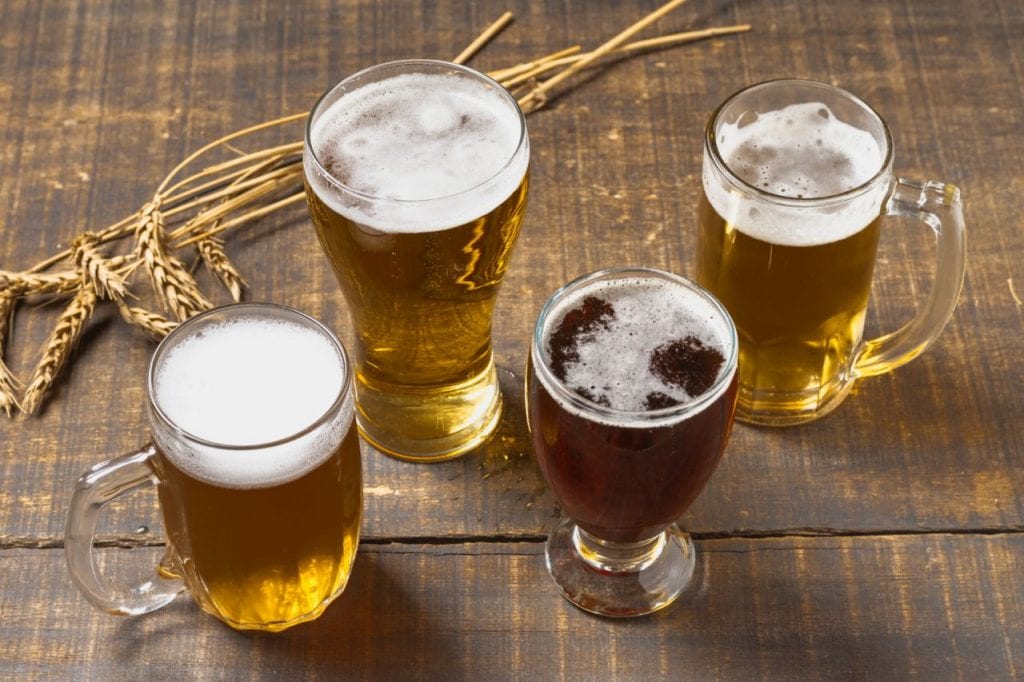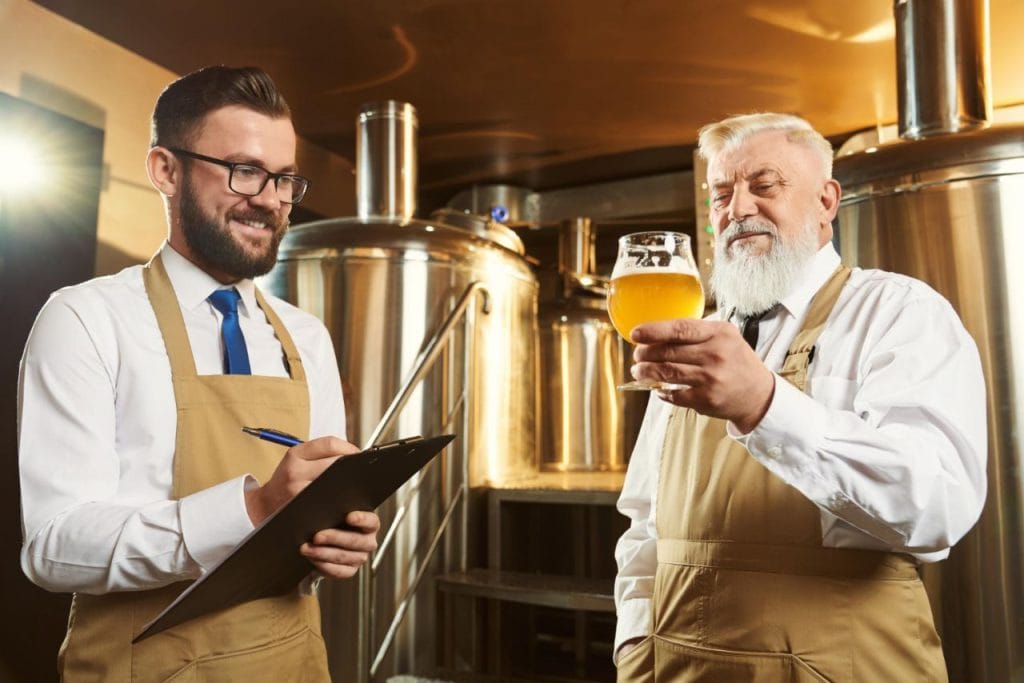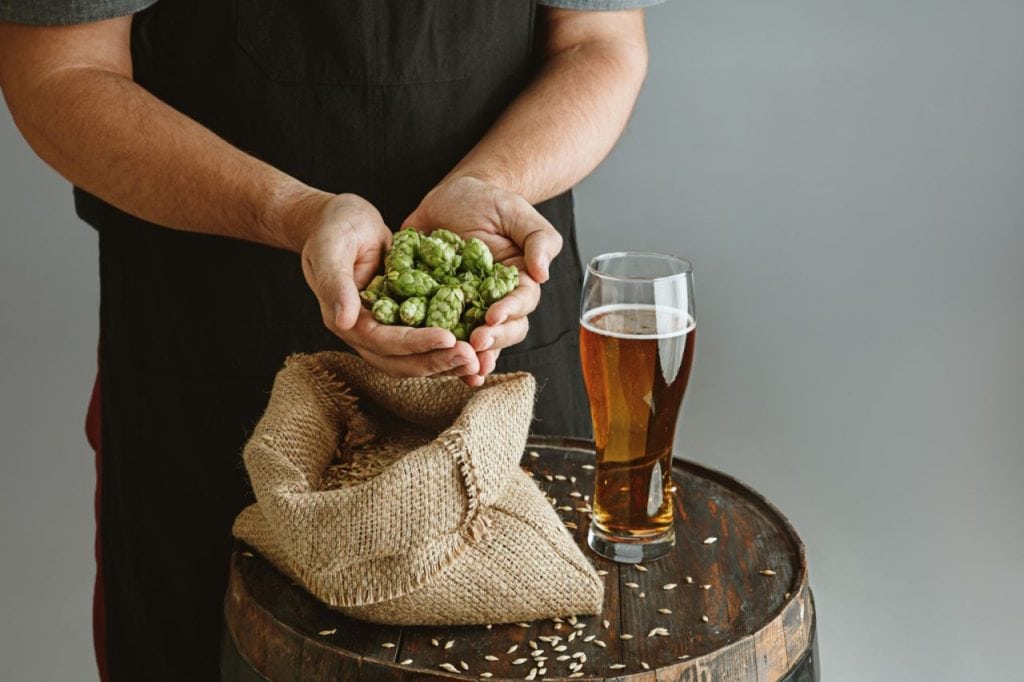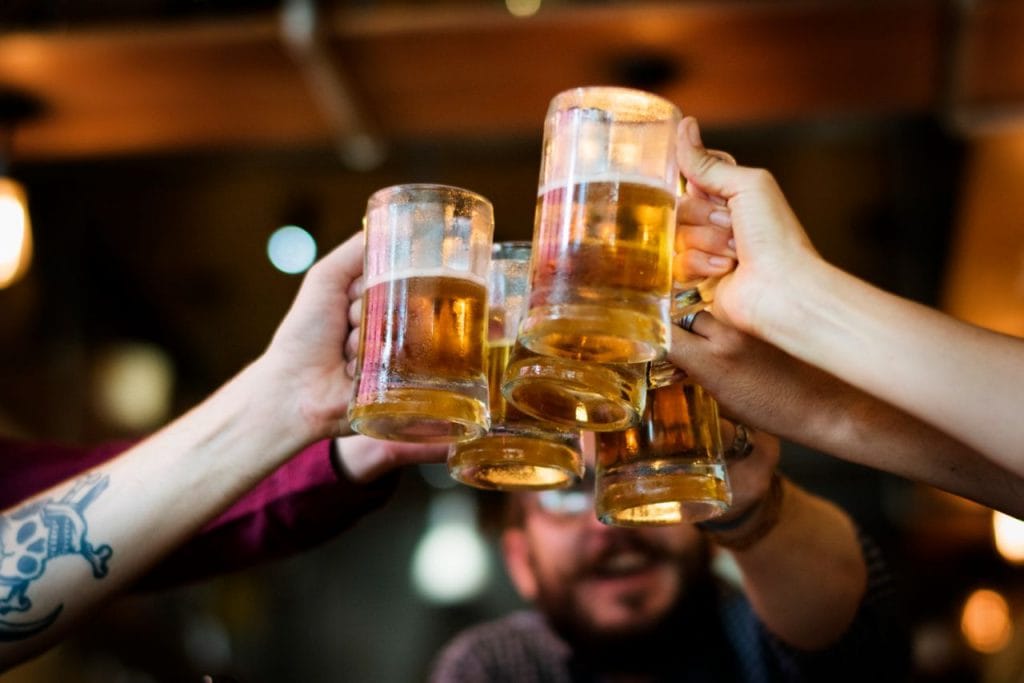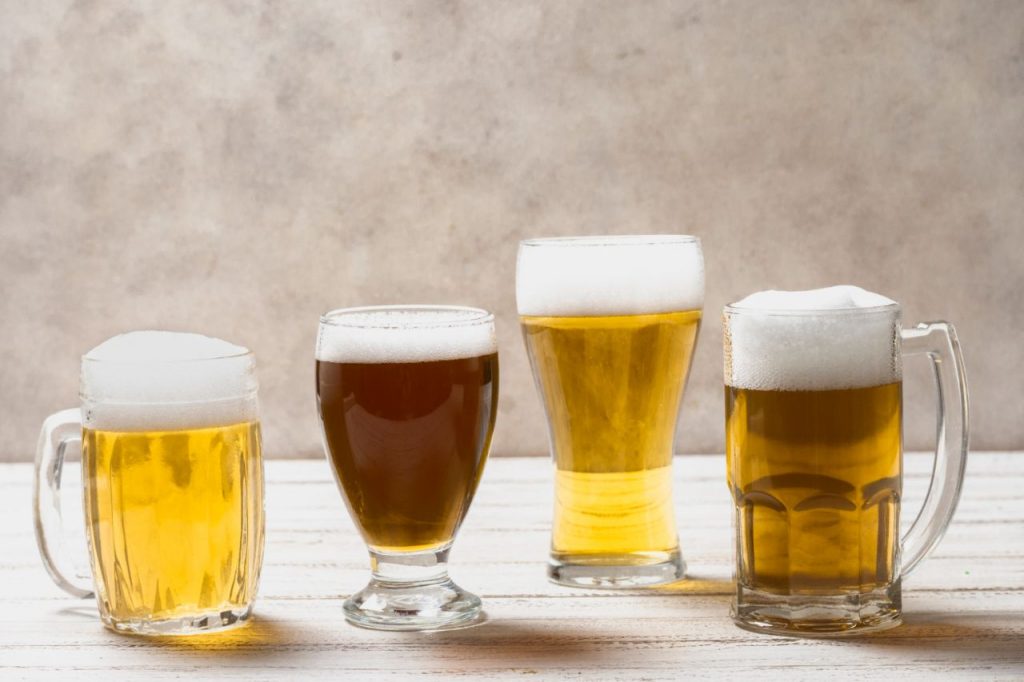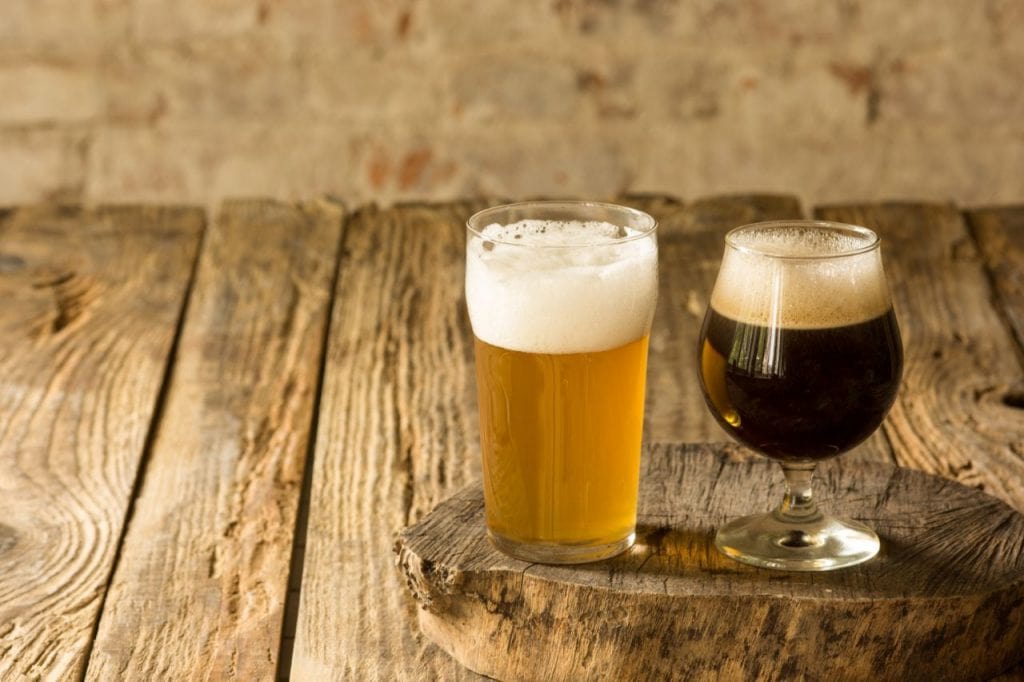Are you having a severe problem determining whether a brewery or distillery is the best choice for your beer-making needs? You're not alone! Many brewers and beer lovers are confused by the difference between breweries and distilleries. While both facilities produce drinks, there are some essential distinctions that every craft beer enthusiast should be aware of.
In this blog post, we'll explain exactly what makes one facility different from another so that you can make an informed decision about which option is right for you. So let's get into it–What's the Difference Between Brewery and Distillery?
Bet you didn't know that some breweries double as distilleries. That's right! However, the flavour isn't very good. But why would a brewery produce strange beer, and what gives your local brew its distinctive flavour? In this case, the difference is in the final result. Distilleries take beers through additional processes to turn them into spirits, whereas brewers have their quality control measures.
In addition to the hops, distilleries emphasise rapid flavour development and alcohol content, which is why our "beer" only fermented for as short as two days before being poured into the still to make whisky. Whiskey connoisseurs like the unique tastes that may be achieved by rapid ageing, even though these qualities aren't always acceptable in beer. What about the flavours they don't want to try? Those flavours often mellow and filter out for several years in the barrel.
How about your regular brew, though? Breweries put far more effort into the fermentation process than distilleries. A typical beer may take a brewery 3 to 4 weeks to prepare for bottling, whereas sour beers may take years. Beers fermented slowly and steadily, without aiming for maximum alcohol content, produce unique and nuanced flavour profiles. These beer styles are used to distil whiskies like beer schnapps.
Craving some craft beer and spirits? Visit us today at Tar Barrel Mornington Brewery & Distillery for an unforgettable experience with craft beers, spirits and more!
What Sets Distillation Apart From Brewing?
The methods used in brewing and distilling share many similarities but also have significant distinctions. While making beer, the grains are mashed, and their starches are extracted. To begin the fermentation process, the starches are first transformed into sugars. Yeast is then added to the mixture to produce ethanol. As a result, just a small amount of alcohol is produced.
To begin distilling (or making alcohol through distillation), one follows a procedure similar to brewing. The same procedures are followed, including transforming starches into sugars and adding them to a fermenting vessel, but distillation adds stage. The alcohol is extracted from the liquid by boiling it, and the resulting steam is condensed to produce a liquid with a much higher alcohol concentration.
There's also the matter of the grain used in distillation versus brewing. Since malted barley is already milled, just a quick crush is required before it can be utilised in brewing. The husk can then be used as a filter to remove excess liquid. In contrast, wheat, barley, rye, or un-malted corn is commonly used in distilling, with variations depending on the type of spirit being produced. Although barley and malted corn are sometimes used, they are not as frequently.
Distillation can go one of two ways. Another method is called "grain-in fermentation," It involves putting the grain directly into the fermenter after being ground as finely as possible. The second is called "grain-out fermentation," and it's similar to the brewing process in that the grains are drained of their sugar water (called "wort") before fermentation begins. Particle sizes vary depending on the type of fermentation process used. Whole-batch malt fermentation, also known as grain-in fermentation, and pre-fermentation lautering, also known as grain-out fermentation, are the two main methods of malt fermentation.
What Happens in a Brewery?
Beer, wine, and hard cider are just some alcoholic beverages that can be brewed by fermenting various fruits, vegetables, and grains. Brewing is a multi-stage process:
- The mashing process entails heating milled grain (often barley) and water to release enzymes. These enzymes break down starches in the grain into sugars that can be utilised in fermentation.
- The sugars in the grain are extracted using a process called lautering. You can add boiling water and then sift off the grain.
- After the lautering process has been completed, the resulting wort is boiled to remove microorganisms, concentrate the sugars, and impart the characteristic hop tastes and smells.
- To finish fermenting the wort and turn the carbohydrates into alcohol, yeast is added.
- This can take a few days up to a few weeks, depending on the fermentation used.
- The time has come to begin conditioning. It's a way to improve the drink's flavour by letting the flavours mature and become more distinct over time. After that is complete, the liquor can be stored in bottles or other containers.
What Happens in a Distillery?
To clarify the difference between a distillery and a brewery, it's important to note that distilling involves removing the alcohol from fermented beverages like beer or wine.
To do this, the fermented drink is heated so that the alcohol in the vapour can be condensed and collected. Then, it is separated from the rest of the gathered material by cooling and storing it. Distillation requires a few more steps than brewing. There are a few stages involved:
- The first step is to heat the fermented drink in a still. The purpose of this is to evaporate the alcohol.
- The condenser is then used to collect the vapour. The vapour is condensed back into a liquid state by this mechanism.
- The last step is to collect the liquid in a designated storage vessel. It is common practice to utilise a spirit safe, specifically for storing and measuring alcoholic beverages, for this purpose.
Whiskey, vodka, and rum are all examples of spirits that are distilled and result in stronger alcohol content. These libations have a higher proof and alcohol level than standard alcoholic beverages like wine and beer.
How Does the Equipment for Distillation Differ From That Used in Brewing?
The metal vessels are used to ferment the wort in making wine and beer.
Brewing and distilling require distinct sets of tools. A coarse grind is needed for the first stage of the brewing process; thus, the husk is left intact. Therefore, the space between the rollers in the mill will be widened. A minimum of a two-roll mill is often used. A four-roll mill is typically used to get a finer crush and more consistent results.
The best mill for distilling is a four-roller mill, which is most common in the grain-out process. A four-roll mill is ideal for grinding the normally harder grains, such as wheat, rye, and unmalted corn, into a finer grain (which is required in the distillation process). A six-roll mill, an eight-roll mill, or even a hammer mill is advised for the finest and most consistent milling throughout the grain-in fermentation process.
Distinctive Features of Distilleries vs Breweries
There are some glaring differences between the distillation process and the brewing process. Key distinctions are:
The distillation method involves heating a fermented beverage, like beer, to separate its numerous alcohols. Alcohols like whisky, vodka, and brandy are produced this way, although at greater proof and concentration. On the other hand, Brewing entails fermenting grains, hops, and water to produce alcoholic beverages.
Alcohol subjected to the distillation process is purer and more potent due to this procedure. Grains (wheat, corn, rye, and barley) are used in the distillation process, whereas grains, hops, and water are used in the brewing process.
Distillation is a process that calls for specialised stills, which can range in size from those used by hobbyists to those used on an industrial scale. Kettles, outside fermenters, and mash tuns are just some of the specialised appliances needed for brewing.
In general, alcohol created through the distillation process is substantially stronger than that created through the brewing process. Breweries and distilleries need specialised equipment, but the final products and methods used to produce them are extremely different.
Conclusion
There is a lot of misunderstanding amongst brewers and beer drinkers about the distinction between breweries and distilleries. Although both establishments are engaged in the beverage manufacturing business, there are significant differences between them that every craft beer lover should be aware of. In this piece, we'll break down the specifics of each facility's advantages and disadvantages so you can make an educated choice. Distilling (or manufacturing alcohol via distillation) starts with a process somewhat similar to brewing. By boiling the liquid, alcohol can be extracted, and the resulting steam can be condensed to create a new liquid with a considerably higher alcohol concentration.
You can either ferment the mash in a whole batch or go straight to the fermenter after distillation. Heated milled grain and water are mashed to extract enzymes. These enzymes convert the grain's starches into sugars that can be used in the fermentation process. The wort is boiled to kill any microbes, concentrate the sugars, and release the hop aromas and flavours. Yeast is added towards the end of the fermentation process to convert the remaining sugars and starches in the wort into alcohol.
Distillation is a whole different procedure than brewing. Distillation is the process of heating a fermented drink, like beer, to extract the various alcohols contained within. Alcoholic beverages can be brewed by fermenting malted barley, hops, and water. Distillation utilises grains (such as wheat, corn, rye, and barley), while brewing relies on hops and water. Although both breweries and distilleries require unique machinery, the end results and production processes differ greatly.
Content Summary
- There is a lot of misunderstanding amongst brewers and beer drinkers about the distinction between breweries and distilleries.
- Although both establishments are engaged in the beverage manufacturing business, there are significant differences between them that every craft beer lover should be aware of.
- In this piece, we'll break down the specifics of each facility's advantages and disadvantages so you can make an educated choice.
- Some breweries also produce alcohol by distilling grains and other ingredients.
- True enough. The taste, unfortunately, isn't particularly excellent.
- Both distilleries and breweries have quality control procedures, but distilleries use additional processes to transform beers into spirits.
- Hops aren't the only thing that distilleries care about, though; quick flavour development and alcohol content are also priorities, which is why our "beer" only fermented for as little as two days before being thrown into the still to become whisky.
- Whiskey aficionados appreciate the distinctive flavours that may be attained by quick ageing, despite the fact that these characteristics aren't usually acceptable in beer.
- Where does that leave the flavours they refuse to sample?
- After spending some time in the barrel, these flavours usually fade and disappear.
- But what about the coffee you normally drink?
- Breweries invest significantly more time and energy into the fermentation process than distilleries.
- Breweries may need three to four weeks to get a standard beer ready for bottling, while sour beers may need years.
- Beers that are fermented slowly and methodically, rather than frantically, without the goal of achieving the highest possible alcohol level, have complex and interesting flavour profiles.
- Beer schnapps and other whiskies are distilled from these brew types.
- Brewing and distillation techniques are very similar to one another, yet there are also important differences.
- Grain starches are removed during the mashing process used to make beer.
- Distilling (or manufacturing alcohol via distillation) starts with a process somewhat similar to brewing.
- Starches are converted into sugars and added to a fermenting tank, same like before, but this time a distillation stage is included.
- Boiling the liquid releases the alcohol, which can then be condensed to create a new liquid with a considerably higher alcohol concentration.
- The grain used in distillation is different from that in brewing, which is another factor to consider.
- A fast crush is all that's needed to turn malted barley into a useful ingredient in beer production, as it has already been milled.
- After that, the husk can be used as a filter to get rid of the extra moisture.
- Distilling, on the other hand, typically employs wheat, barley, rye, or unmalted corn, with variations depending on the type of spirit being made.
- However, barley and malted corn are used less commonly.
- There are two possible routes of distillation.
- Grain-in fermentation is another technique. The grain is ground as finely as possible and then added to the fermenter.
- The second is known as "grain-out fermentation," and it's quite similar to the brewing process in that the grains are drained of their sugar water (known as "wort") prior to fermentation.
- If you change the fermentation process, you'll get different sized particles.
- There are two primary approaches to malt fermentation: grain-in (or whole-batch) fermentation and grain-out (or pre-fermentation) lautering.
- Alcoholic beverages, such as beer, wine, and hard cider, can be created by fermenting a wide variety of ingredients, including fruits, vegetables, and grains.
- There are several steps involved in making a good brew:
- Heating milled grain (often barley) and water to release enzymes is called mashing.
- These enzymes convert the grain's starches into sugars that can be used in the fermentation process.
- The method of lautering is used to remove the sugars from the grain.
- The grain can be sifted out after adding boiling water.
- Following the lautering process, the resulting wort is boiled to kill off any remaining microorganisms, concentrate the sugars, and introduce the distinctive hop flavours and aromas.
- Yeast is added towards the end of the fermentation process to convert the remaining sugars and starches in the wort into alcohol.
- Depending on the type of fermentation employed, this could take anywhere from a few days to a few weeks.
- Conditioning sessions should now start.
- Let the drink sit for a while so the flavours can develop and become more pronounced.
- Once this process is finished, the booze can be placed in bottles or other storage vessels.
- The alcohol in fermented drinks like beer and wine must be removed during the distillation process, which is why distilleries are distinct from breweries.
- Alcohol in the vapour is condensed and collected by heating the fermented drink.
- Then, after being cooled and stored, it is separated from the remainder of the collected material.
- The process of distillation is more involved than that of brewing.
- Different equipment is needed for brewing and distilling.
- Therefore, the husk is not removed until the second step of the brewing process, which requires a finer grind.
- Thus, the mill's rollers will be spaced more apart.
- In many cases, a two-roll mill is all that's necessary.
- Most often, a four-roll mill is utilised to get a finer crush and greater consistency.
- Four-roller mills, which are commonly used in the grain-out process, are optimal for the distillation process.
- If you need a finer grain from cereals like wheat, rye, and unmalted maize, a four-roll mill is your best bet (which is required in the distillation process).
- During the grain-in fermentation process, the best and most consistent milling results can be achieved with a six-roll mill, an eight-roll mill, or even a hammer mill.
- Comparison of Distilleries and Breweries in Terms of Their Distinctive Characteristics The two processes, distillation and brewing, are notably different.
- Distinctive features include:
- Distillation is a process that uses heat to extract alcohols from fermented drinks like beer.
- It's how strong alcoholic beverages like whisky, vodka, and brandy are made.
- In contrast, alcoholic beverages are produced by the Brewing process of fermenting grains, hops, and water.
- Distillation is a technique that improves the quality and potency of alcohol.
- Distillation uses grains like wheat, corn, rye, and barley, while brewing uses grains together with hops and water.
- Distillation is a procedure that requires the use of specialised stills, which can range in size from those used by hobbyists to those employed on an industrial scale.
- Brewers use a wide variety of specialised equipment, including kettles, outside fermenters, and mash tuns.
- Distilled alcohol is typically much stronger than beer because more sugar and other ingredients are removed during the distillation process.
- While both breweries and distilleries require unique machinery, their end products and production processes couldn't be more unlike.
Frequently Asked Questions
A brewery produces beer, while a distillery produces spirits like whiskey, gin, or rum.
Breweries typically use grains like barley, wheat, and rye to make beer. Distilleries use grains like corn, barley, and rye to make spirits.
Beer is made through a process of boiling and fermenting grains, hops, yeast, and water. Spirits are made through a process of fermenting and distilling grains and other ingredients to increase the alcohol content.
Breweries primarily produce beer, while distilleries produce spirits like whiskey, gin, rum, tequila, and more.
Yes, some facilities can be both a brewery and a distillery, producing both beer and spirits.

